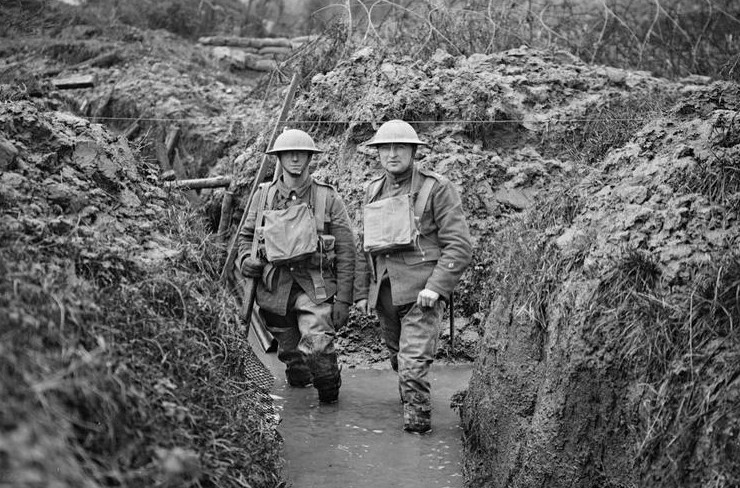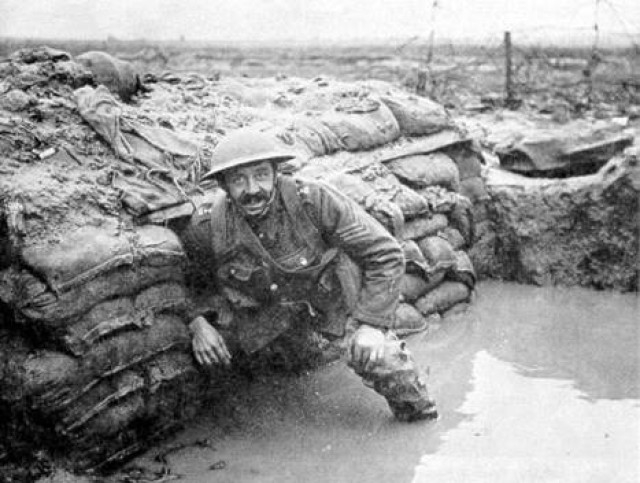Life In Trenches Was More Difficult In Rain Season
Heavy rains inundated ditches, making them impassable and dirty. Not only were the soldiers expected to drain the water and repair the damage, but several of them are also believed to have drowned after becoming stranded in the thick, deep mud. As a result of the guys standing in the water for lengthy periods of time, a terrible condition known as "trench foot" developed, which was similar to frostbite. In other cases, this progressed to gangrene, necessitating amputation. The tunnels were generally infested with an unpleasant odor. The trenches smelled of rotting sandbags, cigarette smoke, and poison gas, and many men had not bathed in weeks.
Indeed, the battlefields' flooded trenches and churned landscape are among the most powerful emblems of the First World War. This was especially visible at Passchendaele, which was notoriously flooded due to the rain and the high water table of this low-lying territory, much of which was reclaimed marshland. The bombardment has exacerbated the situation by disrupting normal drainage. Even though pumps were employed to remove water from trenches and dugouts, finding a dry place to rest or sleep was often a struggle. Many soldiers died of trench foot, a fungal condition induced by prolonged exposure to cold water.












